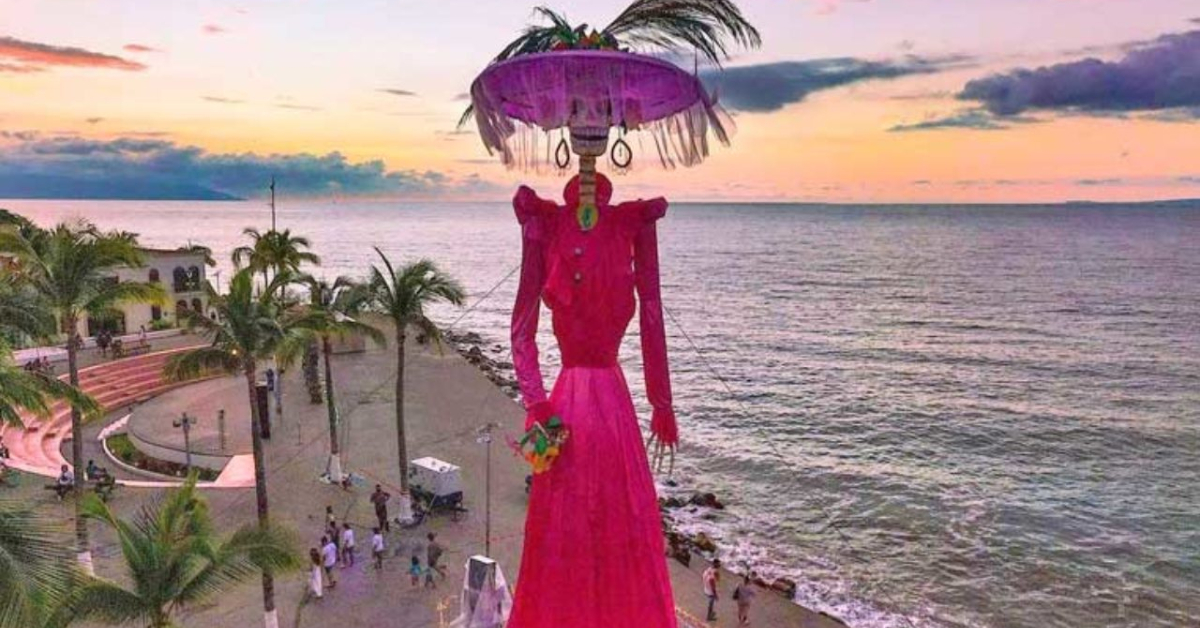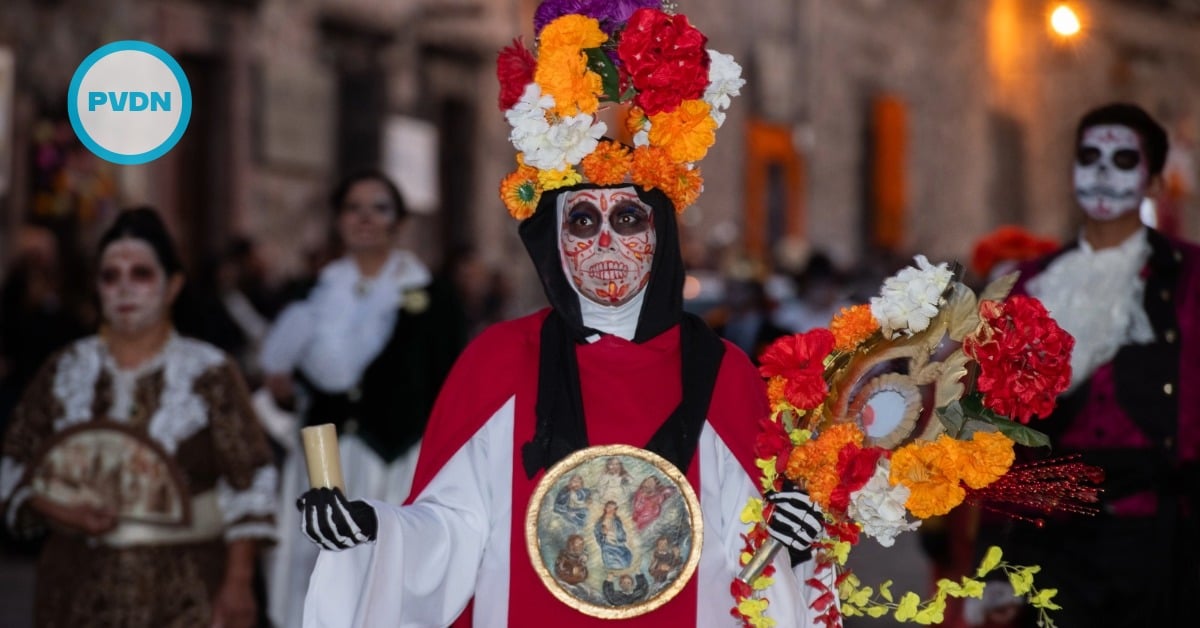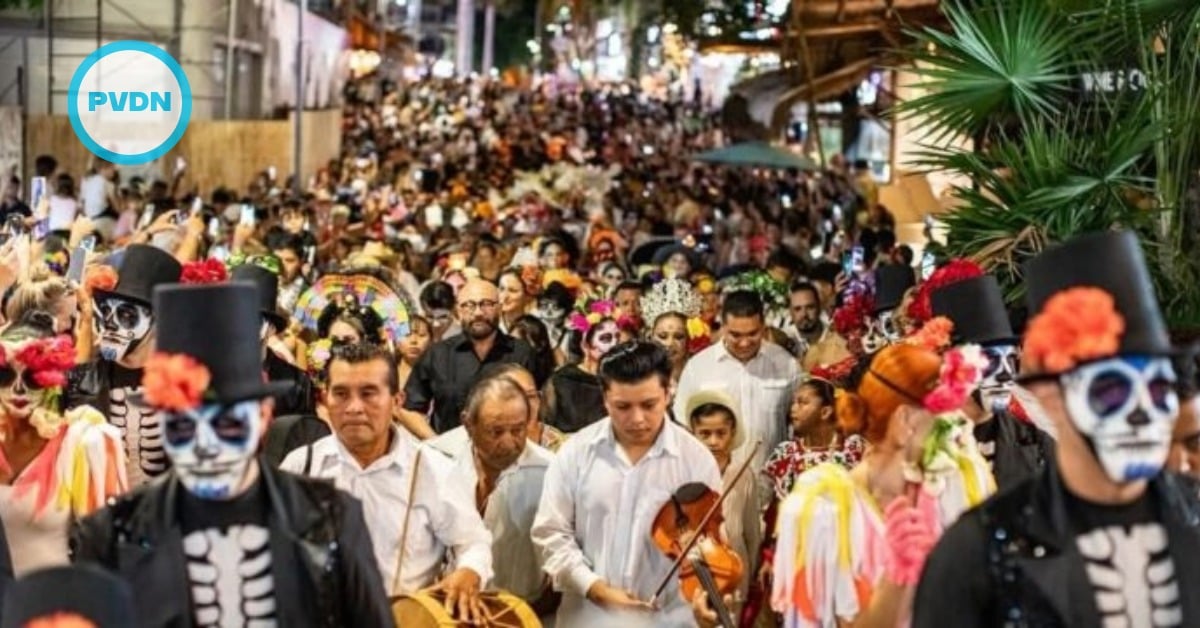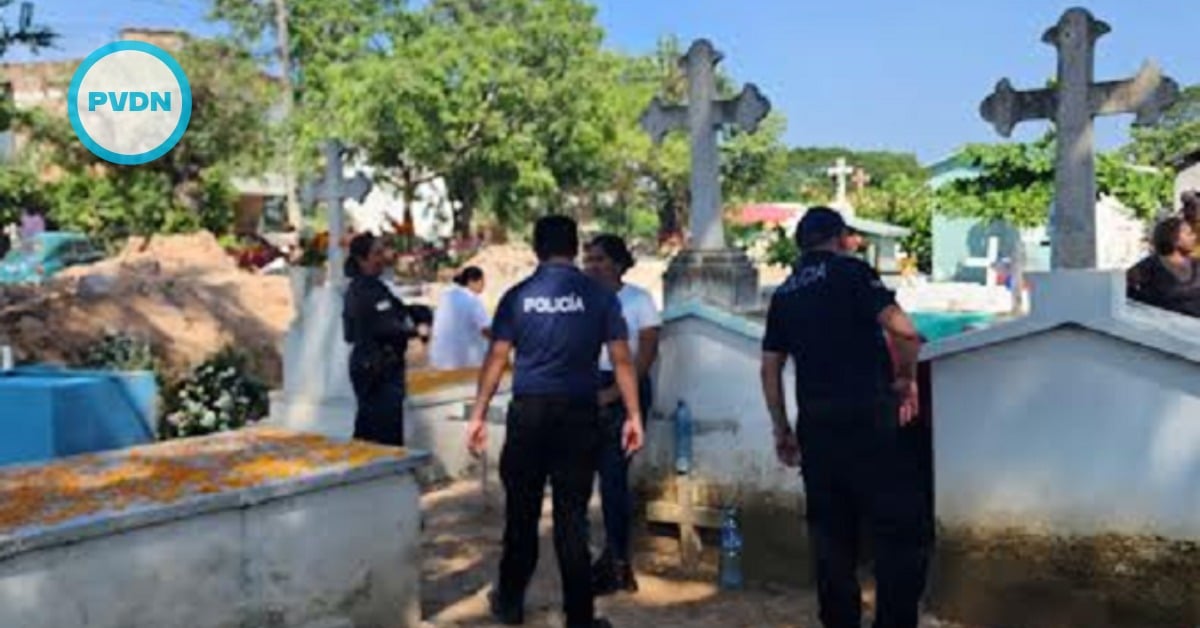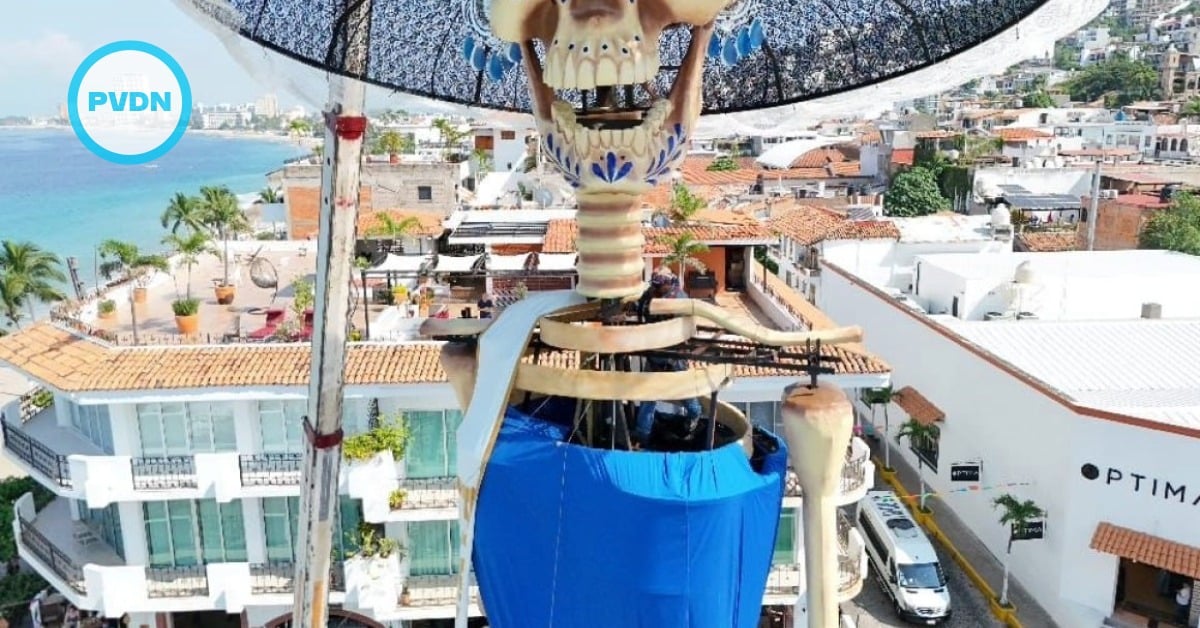Next week, Puerto Vallarta plans to erect the largest catrina in the world, measuring 25 meters, on the Malecon as part of the Day of the Dead celebrations this year. “On the 27th [October] the catrina will be there and you can see it, in all this part of the boardwalk we already…
